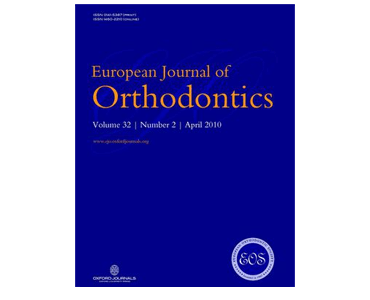A Pilot Study on the Influence of Facial Expression on Measurements in Three-Dimensional Digital Surfaces of the Face in Infants With Cleft Lip and Palate. NV Hermann, TA Darvann, P Larsen, P Lindholm, M Andersen, S Kreiborg.
Date: January 2016. Source: The Cleft Palate-Craniofacial Journal. OBJECTIVE: Three-dimensional surface imaging is an increasingly popular modality for face measurements in infants with cleft lip and palate. Infants are noncompliant toward producing specific facial expressions, and selecting the appropriate moment of acquisition is challenging. The objective was to estimate amount and spatial distribution of deformation…





